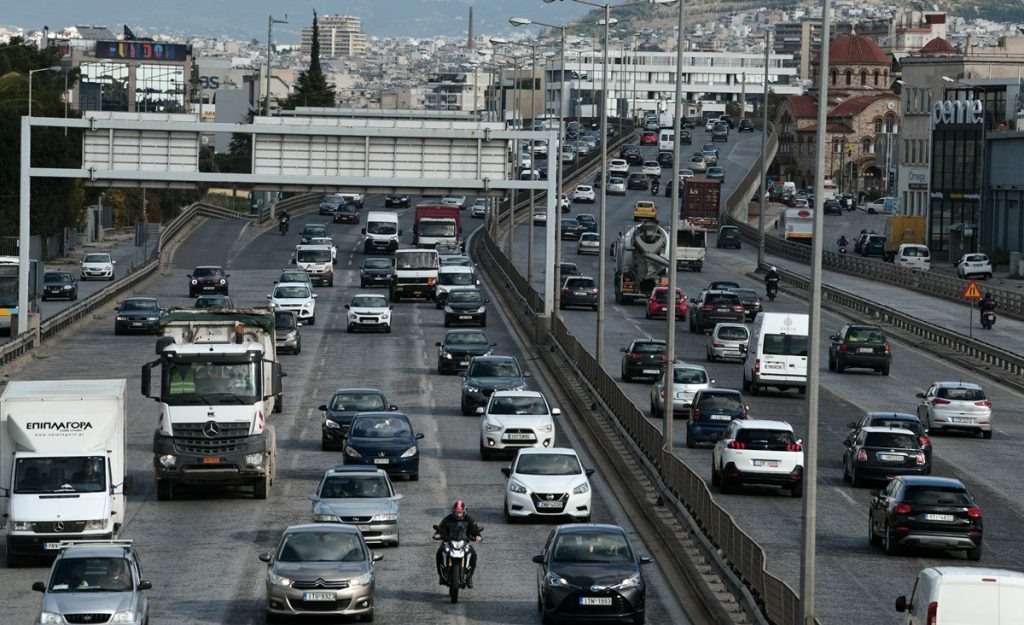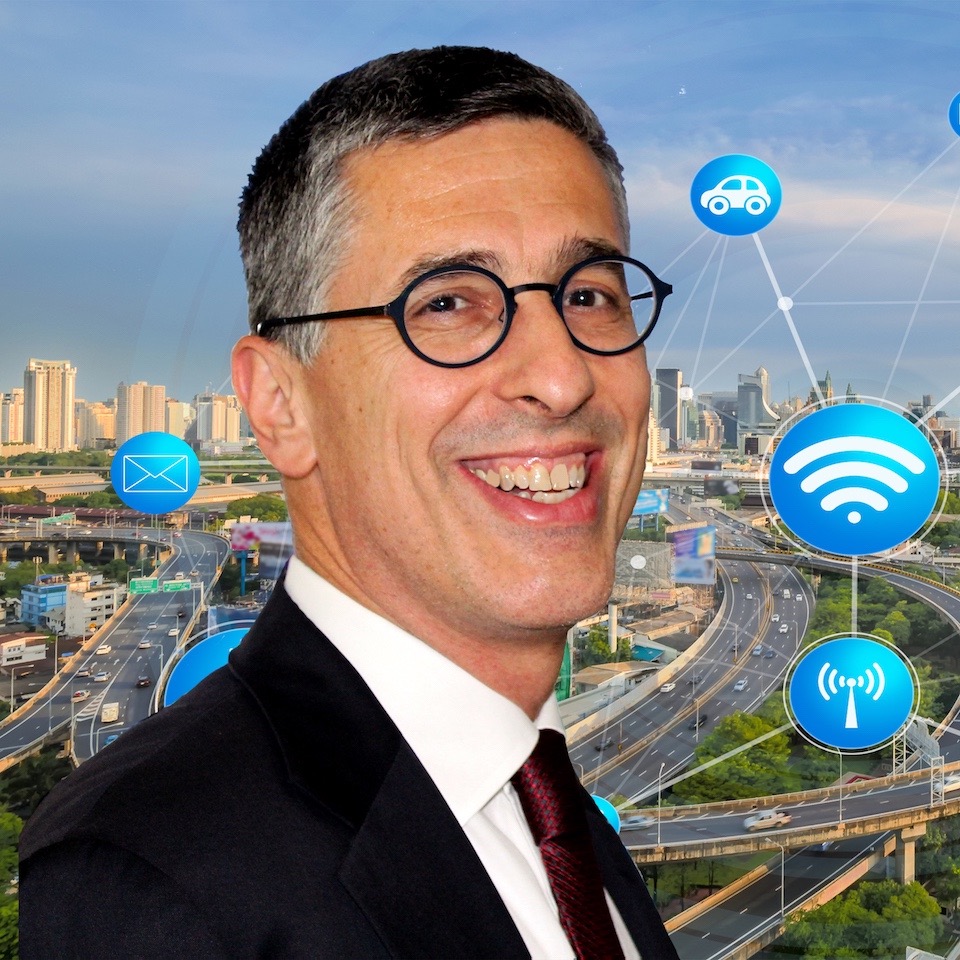There is no solution for the traffic in Kifissos or in any city. Traffic is always balanced in congestion. That is why in all cities in Europe, what is now sought is to serve commuters, not vehicles. Thus, trying to find a way to get everyone in their cars around the city is not possible, as we cannot fit. But what we can do is to find alternative, simple ways to do it by Public Transport. The point is to get more people moving by Public Transport so that we can serve more people and commuters, not more vehicles.
In particular, Kifissos Avenue, will always be in traffic as there is demand and as long as people want to drive going to their work, there will be a traffic congestion. Besides, passenger car drivers need to realise that when they complain about congestion, they are causing the congestion themselves. Beyond that, this particular road has some individual issues that we can indeed improve. First of all, it is essential that when we have a dozen or so incidents per day, e.g., a vehicle breaks down, a vehicle runs out of engine or a minor crash occurs, it is very important that traffic is restored very quickly, because the longer the delay is, the more the queue builds up. That is why there is a need for sufficient patrol cars, there is a need for a comprehensive study. We need enough cranes and more patrol cars, so that when there is an incident, the sooner we get it off the road, the sooner traffic is restored and the shorter the queue is.
We can take the simple example comparing with the situation in Attiki Odos. Attiki Odos has also 10, 30 or 40 incidents per day, but there, because there are patrol cars scattered in several places, the road is restored very quickly, they get vehicles off the road very quickly, so the queues are short. Attiki Odos and Kifissos have similar characteristics and similar traffic, they should have similar patrol cars and incident management plans. We would succeed when there are incidents, and there are quite often small or medium incidents sometimes and crashes, to quickly restore traffic. This is one thing that we can do in order to improve the situation, especially in peak-hours, in which there is the biggest traffic problem.
But there is also the well-known issue that has been discussed lately about Vasilissis Olga. Should Vasilissis Olgas Avenue be re-opened in the spring, did it create traffic problems or not when it was closed for cars?.
Vasilissis Olga Avenue was opened for pedestrians, not for vehicles. The question is what kind of city we want to have, if we want to have a city that serves vehicles, we have to open Vasilissis Olgas Avenue, open the Acropolis and open all our roads for vehicles. Whether we open it or not, we must first answer what kind of city we want to have, who we want to serve (vehicles or commuters). In particular, Vasilissis Olgas is an Axis which, if it is re-opened to traffic, there will be filled with cars again, and mathematically speaking, in a matter of months, it will be congested again.
Our city is full of vehicles and any new road opened will be filled up again. There is no question that something important will be solved. For a short period of time, there will be a traffic route that will serve those who would like to move from Pagrati to Syntagma or Syngrou by bus or other ways (which cannot be achieved nowadays) and want to take their car. On the one hand, we need to change the way we deal with our travel. On the other hand, Authorities should determine how much green and how much space for pedestrians they want. Otherwise, we cannot answer whether Vasilissis Olgas Avenue should be opened or not.
Closing, across Europe, these roads are closed to traffic and opened to pedestrians. The message is wrong, if we give Vasilissis Olgas back to traffic in Athens, we have to give many more axes, especially in the city center which is served by about 50 bus lines and 7 metro stations. There is too much space for cars both parked and moving.
Interview in the broadcast Syndeseis on ERT television station in October 2023

